Lesson Notes By Weeks and Term - Primary 5
Attitude of victims of natural disasters
Subject: Civic Education
Term: 1st Term
Topic: Attitude of victims of natural disasters
Behavioral objectives: At the end of the lessons, the pupils should be able to
Different kind of Charts and references materials
Scheme of work
And other relevant materials
6 years basic Education curriculum
Online information
Building background connection to prior knowledge: pupils are familiar with the topic in their previous classes
Natural disasters are caused by the forces of nature,while man-made disasters are caused by human beings or even animals,and are accidental.
Man-made/Unnatural disasters include
1. Fire accidents.
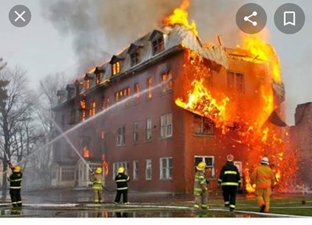
2. Transport accidents of various kinds (air, road, water, etc.)
3. Collapsed mines. Miners may get trapped underground, especially when there is an explosion when they are working, and may die there.
4. Chemical accidents. A chemical accident could occur if, for instance, gas pipes are not well laid. So the gas may leak and kill humans and animals that inhale the polluted air.
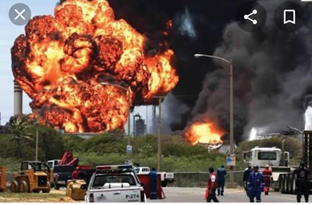
Natural disasters may be caused by the following:
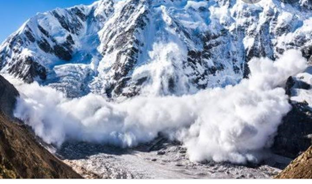
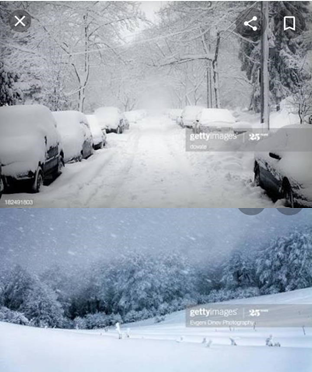
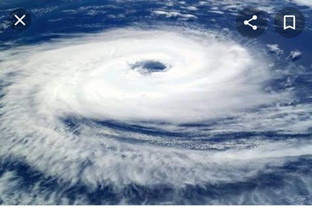
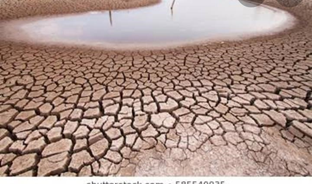
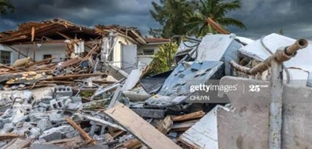
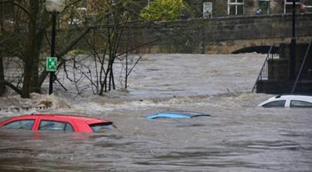
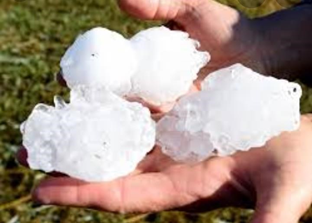
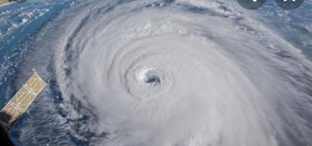
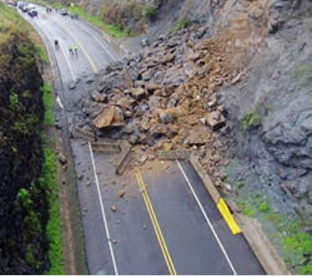
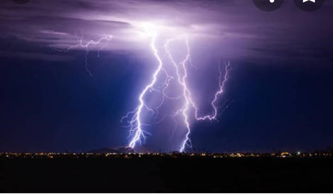
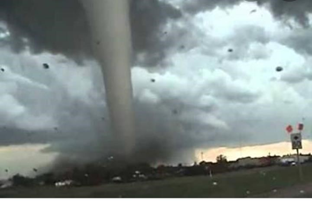



Strategies and activities:
step1: Teacher revised previous lesson
Step 2: teacher introduces the new topic
Step 3: Teacher explains new topic
Step 4: Teacher welcomes pupils’ questions.
Step 5: Teacher evaluates the pupils
Assessment and evaluation
Teacher asks questions from pupils based on the topic
Wrap up and conclusions
Teacher goes over the topic for better understanding
Assignment
© Lesson Notes All Rights Reserved 2023